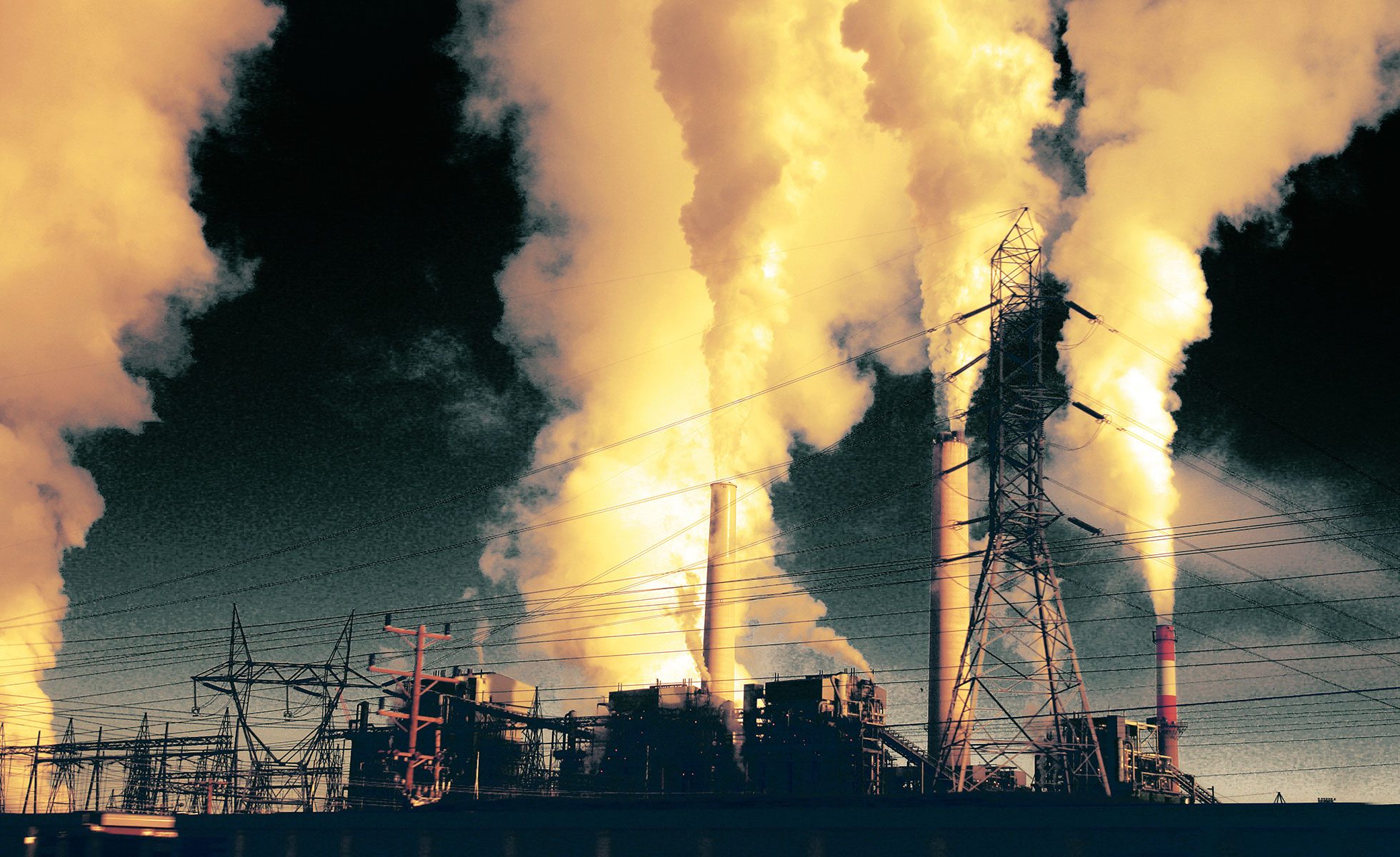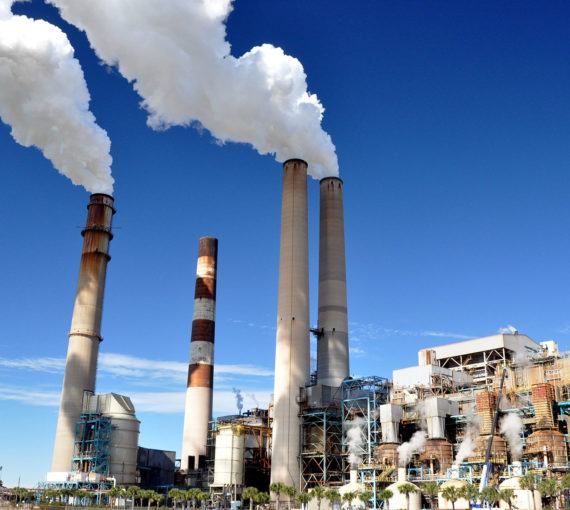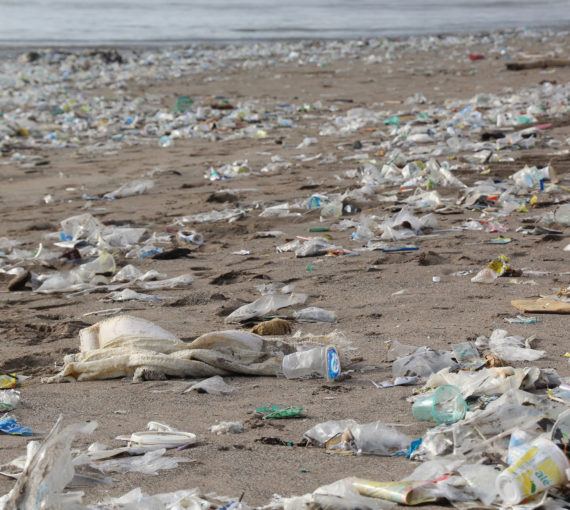It doesn’t have to be this way. “Our planet is finite, but human possibilities are not. Living within the means of one planet is technologically possible, financially beneficial, and our only chance for a prosperous future,” says Mathis Wackernagel, CEO of the Global Footprint Network, an international research organization that uses UN statistics and other sources to calculate when overshoot day falls every year. This year marks the earliest overshoot date yet.
(Wackernagel was a student of University of British Columbia ecologist William Rees. They popularized the footprint concept in their 1996 book, Our Ecological Footprint. Andrew Simms of the U.K.’s New Economics Foundation conceived Earth Overshoot Day, partnering with the Global Footprint Network in 2006 on the first campaign, and with conservation organization WWF starting in 2007.)
According to the website, overfishing, overharvesting forests and emitting more carbon dioxide into the atmosphere than natural sinks like forests can sequester are among the ways we overshoot Earth’s capacity. The consequences are serious. “Impacts of ecological overspending are apparent already in soil erosion, desertification, reduced cropland productivity, overgrazing, deforestation, rapid species extinction, fisheries collapse and increased carbon concentration in the atmosphere,” it notes. “Natural capital constraints also pose a threat to economic performance and economic stability.”
Climate change is the most serious result. The Global Footprint Network says our carbon footprint makes up 60 per cent of our total ecological footprint, and it’s increasing rapidly. Basing its calculations on “the land area required to sequester carbon dioxide emissions from fossil fuel burning and cement production”, the network says our carbon footprint has more than doubled since 1970.
The network also offers a mobile-friendly personal footprint calculator. Be warned: If you live in North America, your footprint will likely be much higher than 1.7 Earths, no matter how ecologically aware you consider yourself. We use far more energy and other res””:https://www.worldwildlife.org/pages/overshoot-dayources than people in many parts of the world.
The site includes a range of solutions in four areas: food, cities, population and energy. In North America, reducing the carbon footprint by using less energy — especially fossil fuels — is major, but so is changing food habits. Food demand makes up 26 per cent of the global footprint. Because raising animals for food requires far more resources and creates more emissions than growing plants, reducing the amount of meat and animal products we eat decreases our footprint. According to Oregon State University researchers, if Americans ate beans instead of beef, the U.S. could meet its 2020 greenhouse gas emissions goals, even if the country did little else and if people continued to eat other animal products.
Food waste is another major problem. One-third of the food produced worldwide is wasted or lost — as much as 40 per cent in the U.S.
Population is an obvious concern. More people require more space and resources. Strategies to stabilize population growth also have social benefits. “Educating girls and providing access to safe, affordable, and effective family planning” and “empowering women” are essential to reducing population growth and result in better economic development and health outcomes.
Because humans are increasingly urban dwellers — with 70 to 80 per cent expected to live in cities by 2050 — things like “energy-efficient buildings, integrated zoning, compact cities, and effective options for people-powered and public transportation” are crucial to reducing our footprint.
Some have criticized the Earth overshoot concept, arguing it’s not accurate or that it underestimates resource overuse. Wackernagel admits the calculations are only as good as the available data, but argues that it remains a useful way to put our unsustainable ways in perspective.
Demanding constant economic growth on a finite planet with limited ability to renew resources is a recipe for overshoot. We can and must do more to reduce our growing impact on the only home we have.




